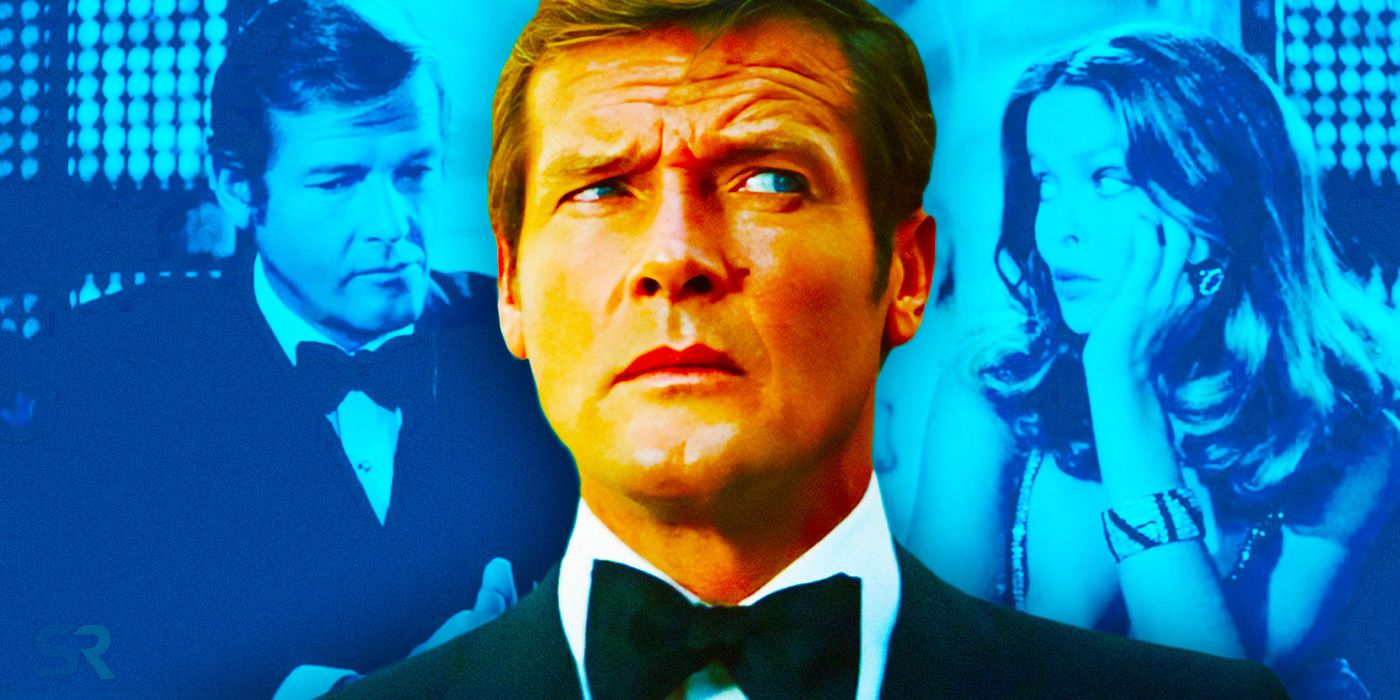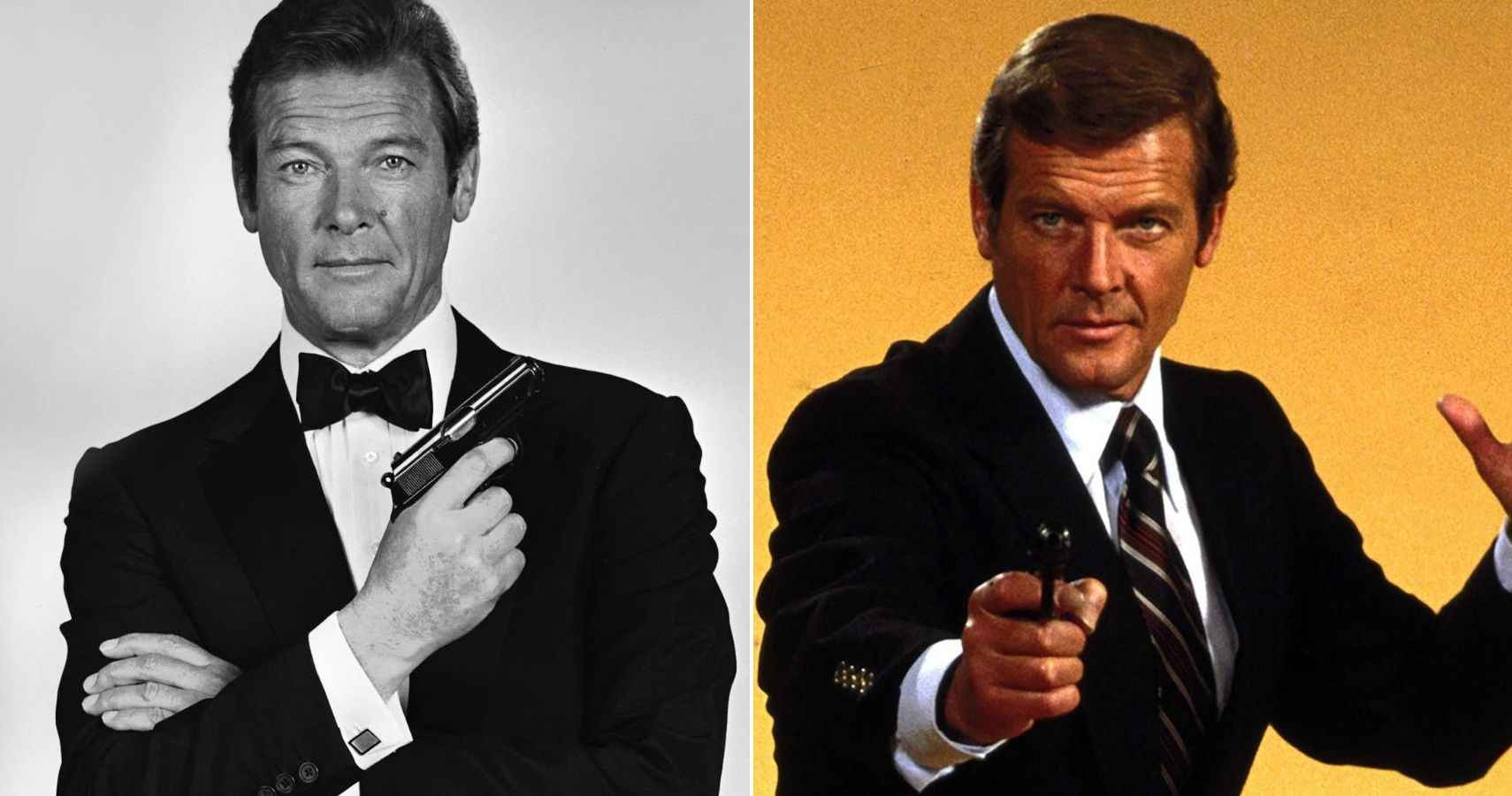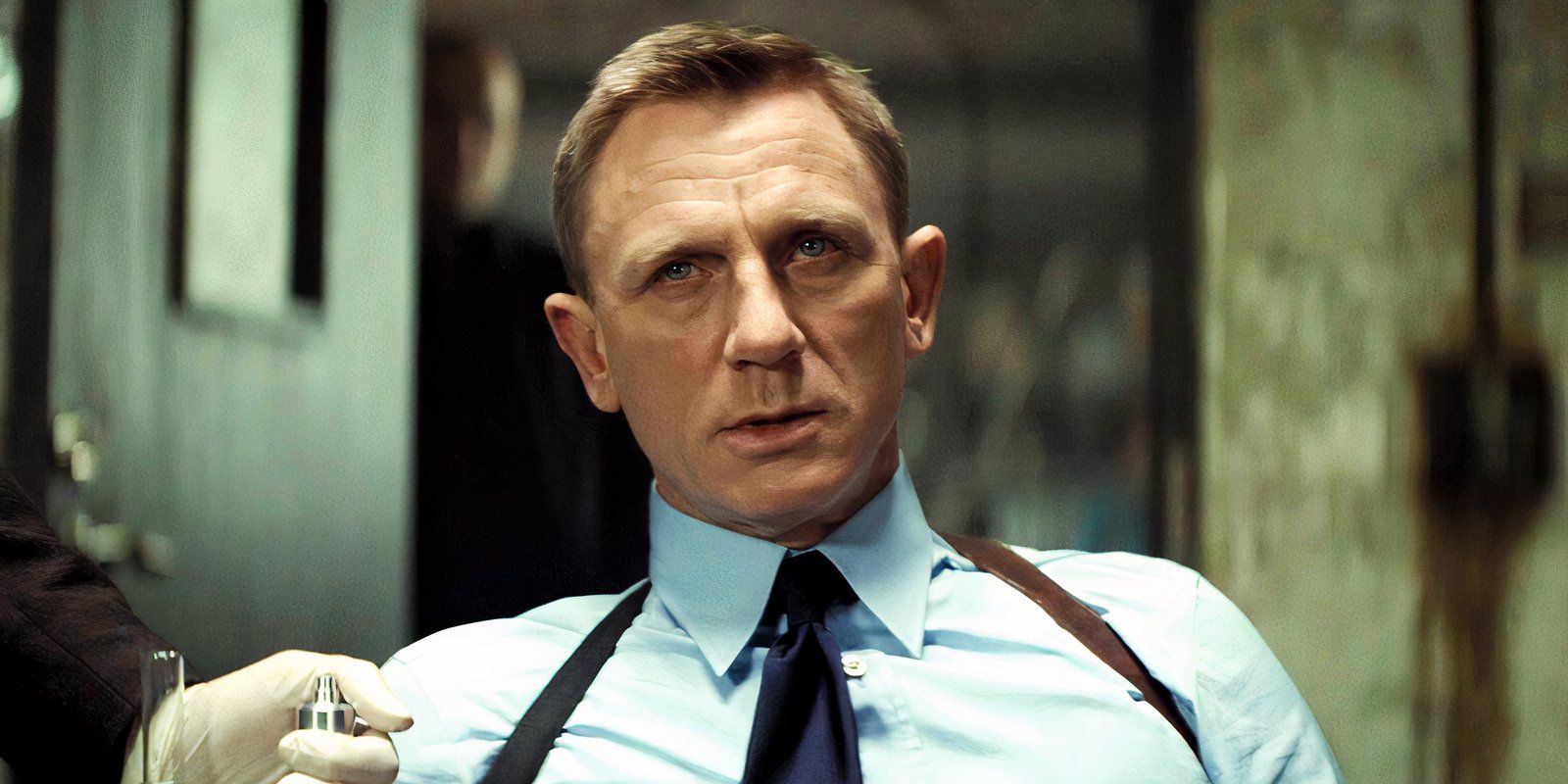The beauty of most Bond villain lairs simply lies within the outrageous personality etched into the architecture.
Nos Crab Key
Dr. No (1962)
Crab Key is the one that started it all.
It’s a classic villains lair tucked away in the Caribbean.

The remote location and tranquil exterior of the lair cunningly hide Dr. Julius Nos secret, evil operations.
The design of Crab Key was decades ahead of its time.
It features an undersea laboratory as well as anuclear reactor nestled within a tropical paradise.

Work from production designer Ken Adam shines in Crab Key.
Its stark metallic interiors reflect the eerie presence of radioactive pools.
Ken Adams set for the volcano hideout was one of the most expensive created for its time.

It cost nearly $1 million in 1967 and was built at Pinewood Studios.
The bases destruction was an eruption of chaos, cementing it as a masterpiece of the franchise.
It sets a bar for extravagant villain bases that remain unmatched.

Custom image by Simone Ashmoore
It floats and doubles as an underwater laboratory, shaped peculiarly, reflecting typical chic Bond architecture.
Strombergs obsession with the sea and his plan to create an undersea civilization is perfectly expressed through this base.
The design is both elegant and intimidating.

It’s aperfect reflection of Strombergs sinister ambition.
The film version of The Spy Who Loved Me is among the best in the Bond series.
The original novel, however, is so bad even Ian Fleming hated it.

The real-life inspiration for Atlantis came from Aquapolis, an exhibition structure from Expo ‘75 in Okinawa, Japan.
The films version takes the concept to sleek heights.
It emphasizes the modern villainy in its structures by embracing a cold, calculated design.

The station is sleek, futuristic, and utterly audacious.
Filming the space station sequences required groundbreaking special effects for the time.
It’s a celestially unique perspective on taking the fight outside.
It is nestled in Americas heartland and hides a sprawling operation beneath a polite exterior.
Drenched in wealth and plot-thickening intrigue,Goldfingers estate is as rich as the lore that comes with it.
The strongholds boastful elegance makes it a certain outlier among Bond villain hideaways.
The islands visual storytelling embraces Javier Bardems role, it almost becomes an extension of the villain himself.
It also served as the command center for the villains plan to destroy Silicon Valley.
Do you think you’re a real James Bond buff?
The locationChateau de Chantillyis a real French landmark.
It is capable of swallowing nuclear submarines whole and then running away from the crime scene.
The massive boat was filmed using massive sets at Pinewood Studios.
Moments with the Liparus are some of the most ambitious yet entertaining scenes in the Moore era.
The climactic battle inside the tanker showcases stellar action choreography which blends suspense with spectacle.
The palaces destruction is a fitting metaphor for the villains downfall.
Modern architecture is blended with the stark, desolate landscape of the Moroccan desert.
Exterior scenes were filmed in the Oujda region of Morocco.
This adds authenticity to the lairs barren, isolated setting.
Inside, the sleek aesthetic continues.
Blofelds Desert Lair is a modern take on villainy.
It’s the perfect blend of architectural brilliance with cinematic dread.
These integral factors make Blofelds desert lair another one of the best hiddenJames Bondlairs.